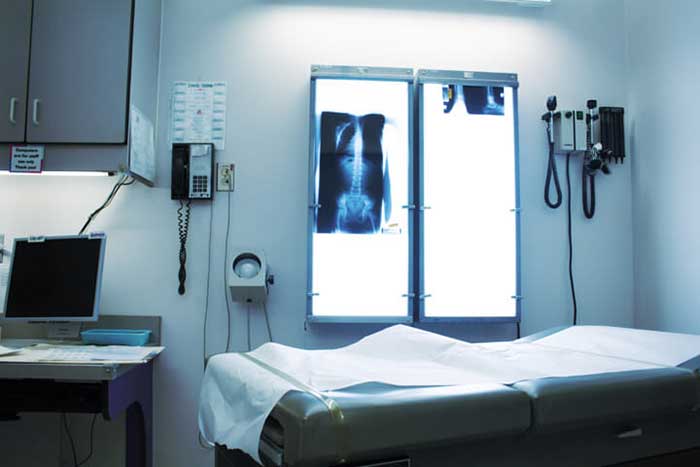Diagnosis of Disc Problems: What to Expect
What the Diagnosis of Disc Problems Entails
No matter how old we get or how experienced we are, it can always be nerve-wracking to see a doctor about possible health or medical issue, even something as common as the diagnosis of disc problems. Degenerative disc disease is one of the most common back or spinal issues there is, and despite its a scary sounding name, it’s actually a part of the normal aging process for many people. It’s often caused by the normal wear and tear associated with living.
To help set your mind at ease, here’s what you can expect from a doctor’s appointment to diagnose degenerative disc disease or other spinal disc issues.
Step One in the Diagnosis of Disc Problems: A Physical Examination
There is plenty that can be learned about the state of your discs from a physical examination. In order to begin to determine if you have a herniated disc or other disc problems, your doctor will check your muscle strength. This may include viewing different muscle groups in order to check for atrophy or other signs of muscle issues, like twitching. Your doctor will also test the nerve function in your arms and legs, and check for any pain in the back or arms. Issues with nerves or muscle strength may stem from compressed nerves caused by herniated discs.
Step Two in the Diagnosis of Disc Problems: A Review of Your Symptoms
Your doctor is going to want to know everything about your back pain. Where it occurs, how you would describe it, anything you do that makes it feel better or worse, whether it’s constant or it ebbs and flows, etc. It may be helpful to keep a log of your back pain for a few days prior to your appointment so you can give your doctor as much specific information as possible.
Step Three in the Diagnosis of Disc Problems: Going Over Your Medical History
A full medical background is essential for both considering or ruling out other possible causes of your pain or issues. Be prepared to provide information about past diagnoses, past treatments, recurring health issues, family history of health issues, and any current medication or other health concerns.
Step Four in the Diagnosis of Disc Problems: Tests
Your doctor will likely be able to form a possible diagnosis based on steps one through three. However, in order to confirm the diagnosis or gain further information, he or she may order one or more diagnostic tests. This may include an MRI, a CT scan, or a discogram.
For more information on any of these diagnostic steps or tests, please see the full article on the diagnosis of disc problems from spine-health.com.

